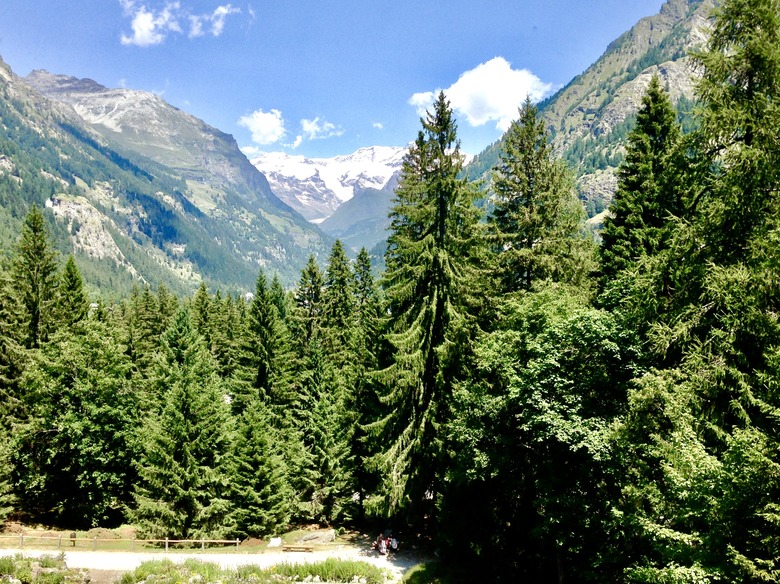How To Protect Landforms
From coulees to bottomland forests, from glacial drumlins to barrier beaches, from scoured scablands to isolate mesas, landforms and ecological landscapes inspire us with their beauty and wildness. A landowner who admires a particular topographic feature or habitat type on his property can pursue a few tracks in protecting it – though, of course, inexorable geologic and climatic processes will ultimately transform or destroy it.
Step 1
Identify topographic and ecological landmarks of significance. That's a subjective call, of course: You might admire a particular bluff or outcrop for its aesthetic form, while recognizing the ecological importance – and more subtle beauty – of a floodplain swamp or a gentle swale.
Step 2
Understand a particular landform's formation and position in the ecological landscape. It's difficult to preserve a topographic feature without appreciating its geomorphology – the geological processes by which it was created, from uplift or frost wedging to volcanism or stream-cutting.
Step 3
Appreciate the transience of landforms by considering their natural evolution. For example, a stretch of badlands along a river system in semi-arid rangeland is destined to be worn away by erosive forces. While this can take hundreds of thousands of years, steps in the process may occur – a strong flood calving off the pinnacles of a particular bench, for example – and appreciating the underlying geology can allow you to make peace with those little destructions.
Step 4
Avoid de-vegetating the landform or its vicinity, if that's its natural condition. Take, for example, the ravine of a creek. Cutting down trees or clearing shrubs and grasses from its sloping walls can greatly enhance the erosive effects of rainfall and surface water. Vegetation stabilizes soils and also slows down, redirects and disperses run-off. Without its influence, a barren slope can quickly lose soil during precipitation events and through ordinary drainage regimens, increasing sediment contributions to the creek and riddling the ravine with deep gullies and landslides.
Step 5
Replicate natural landscape patterns and processes. Channelizing or altering a stream's course can have profound implications for its landforms, such as gravel bars, floodplain wetlands and the like. Allowing, where possible, the natural flooding and ebbing of a watercourse in its valley maintains alluvial features such as these. Prescribed burning can keep shrubs and saplings from crowding out a prairie or savanna habitat, or maintain an open pine woodland as wildfire typically does.
Step 6
Create a park or preserve. This applies more to organizations or government entities, but private landowners can always investigate donating portions of their properties to ensure long-term protection for noteworthy landforms. Many of the world's national parks were established, in part, to protect landforms: The founders of Yellowstone National Park, the first, aimed to safeguard its tremendous collection of geothermal features.
TL;DR (Too Long; Didn't Read)
Seek out helpful resources like the National Park Service's National Natural Landmarks program, which protects outstanding and ecologically significant landforms and vegetation communities on both public and private lands. Local natural resources or conservation agencies may also have information.
Cite This Article
MLA
Shaw, Ethan. "How To Protect Landforms" sciencing.com, https://www.sciencing.com/protect-landforms-8054230/. 22 November 2019.
APA
Shaw, Ethan. (2019, November 22). How To Protect Landforms. sciencing.com. Retrieved from https://www.sciencing.com/protect-landforms-8054230/
Chicago
Shaw, Ethan. How To Protect Landforms last modified August 30, 2022. https://www.sciencing.com/protect-landforms-8054230/
